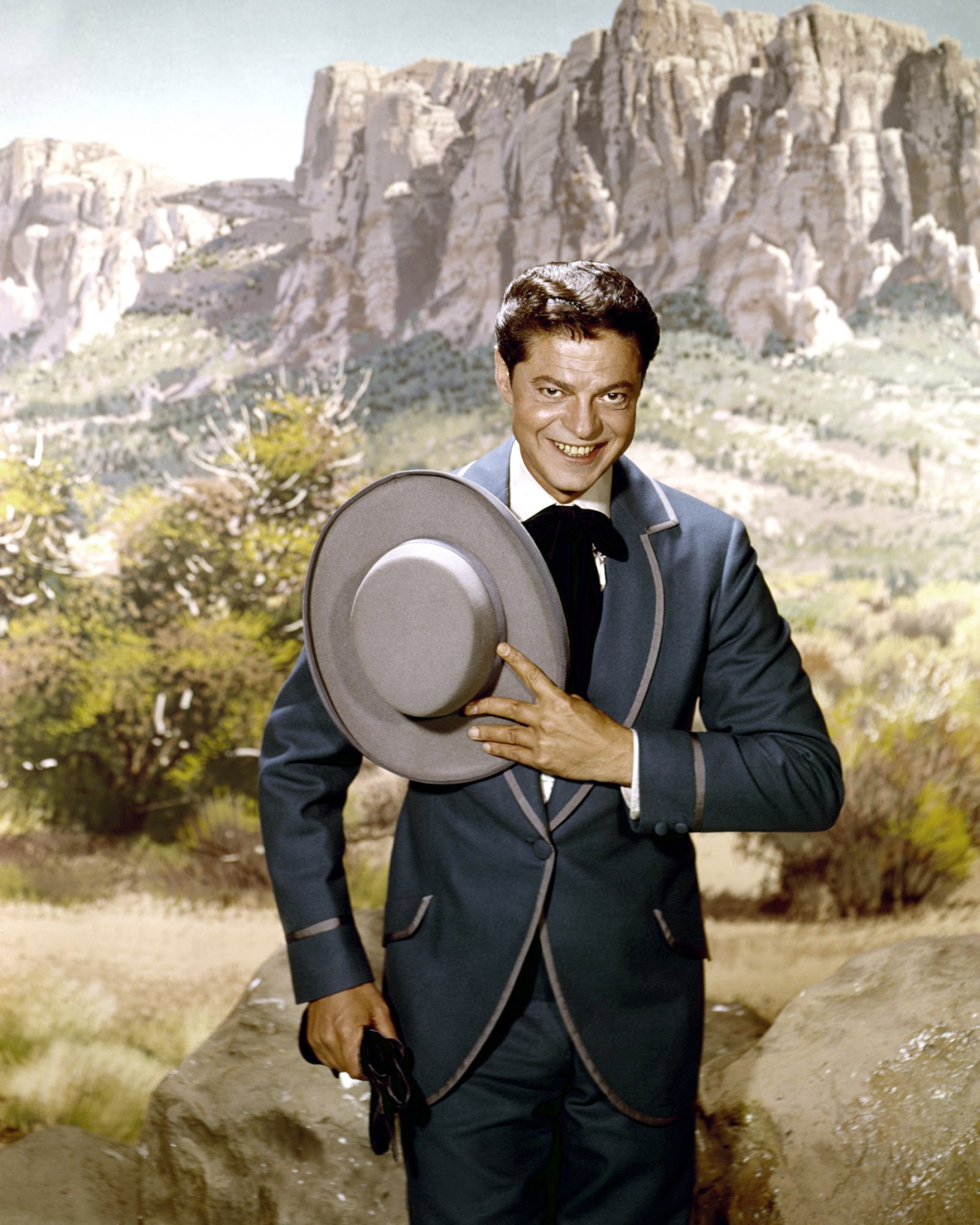Nostalgic America
21 Classic TV Shows We Wish Were Still on Air Today
By Bruce Berns · November 20, 2024

With memorable characters, innovative storytelling, and timeless themes, they hold a charm that many modern shows struggle to replicate. Dive into this nostalgic journey as we revisit some of the greatest TV programs ever created, exploring their legacy and why they remain so beloved today. Getty Images / Nostalgic America, Inc.

Gunsmoke (1955-1975)
Gunsmoke is one of television’s most enduring Western series, set in the frontier town of Dodge City. The show followed Marshal Matt Dillon (James Arness) as he upheld law and order, often facing dangerous outlaws and moral dilemmas. Supported by characters like Doc Adams (Milburn Stone), Miss Kitty (Amanda Blake), and Festus Haggen (Ken Curtis), the show combined action, drama, and humanity. Getty Images / Nostalgic America, Inc.
Gunsmoke TV Series
Gunsmoke was notable for its mature storytelling and complex characters, setting a standard for the genre and influencing future Westerns. Getty Images / Nostalgic America, Inc.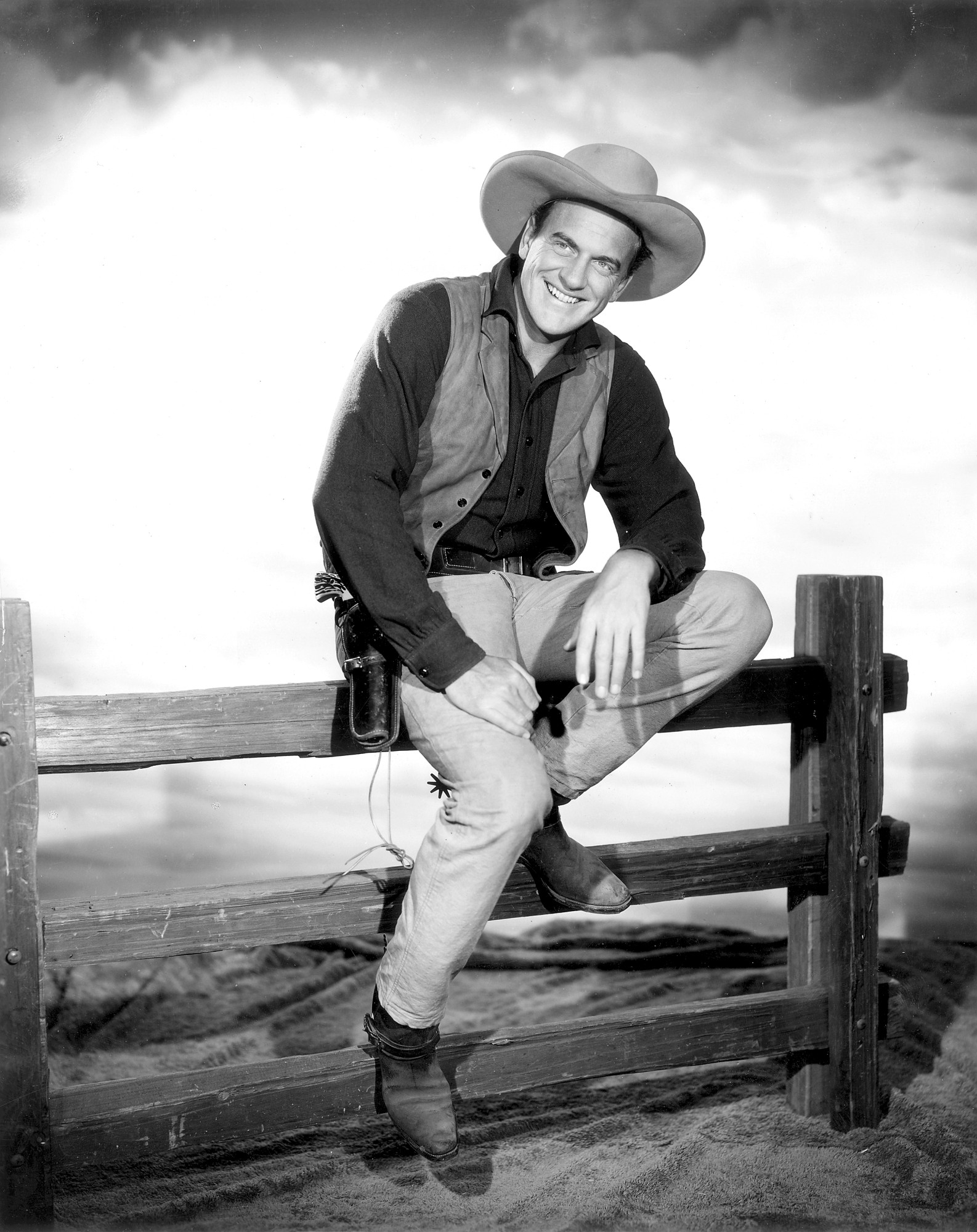
Gunsmoke starring James Arness
Its 20-year run made it the longest-running primetime live-action series until it was surpassed by The Simpsons. Getty Images / Nostalgic America, Inc.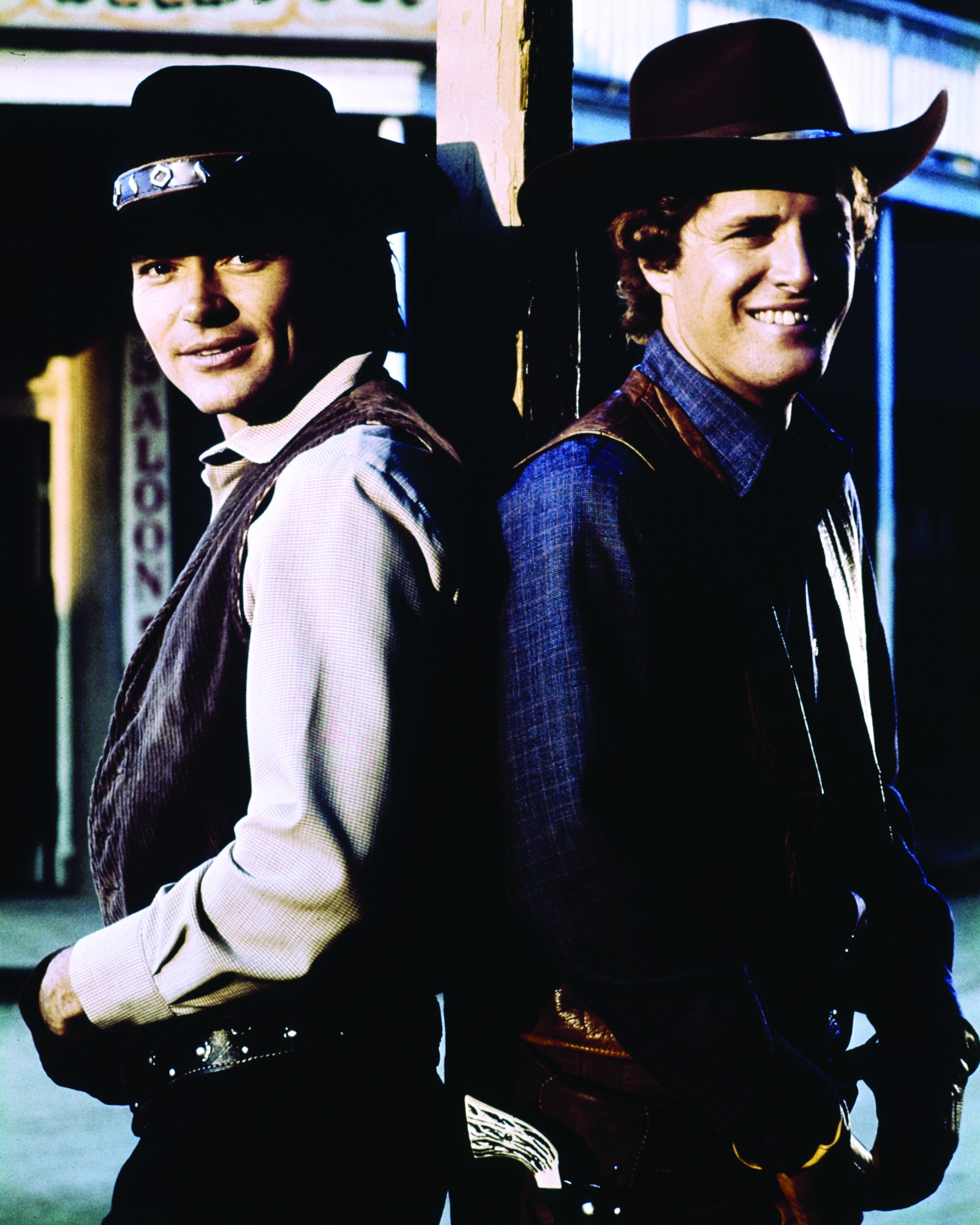
Alias Smith and Jones (1971-1973)
Alias Smith and Jones was a Western comedy-drama about two charming outlaws, Hannibal Heyes (Pete Duel) and Kid Curry (Ben Murphy), seeking amnesty while trying to avoid bounty hunters and law enforcement. The duo, known by their aliases Joshua Smith and Thaddeus Jones, navigated schemes, robberies, and moral dilemmas without resorting to violence. The show’s lighthearted tone, witty banter, and chemistry between the leads set it apart from typical Westerns. Pete Duel’s tragic death during the second season impacted the series, but Roger Davis stepped in as Heyes. Despite its potential, the show ended after three seasons. Getty Images / Nostalgic America, Inc.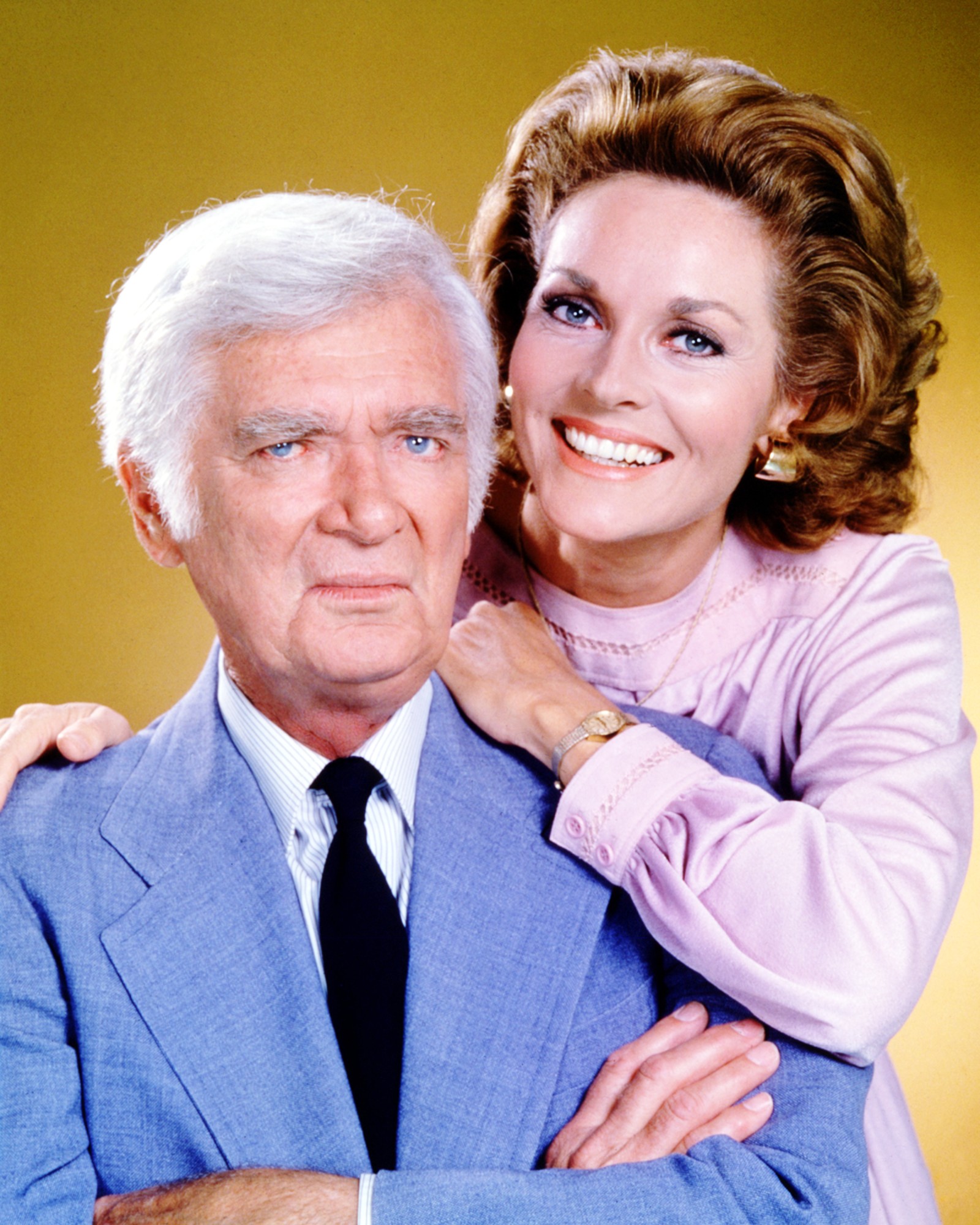
Barnaby Jones (1973-1980)
Barnaby Jones starred Buddy Ebsen as an aging private investigator who comes out of retirement to solve the murder of his son. Assisted by his daughter-in-law Betty (Lee Meriwether), Jones solved crimes using intellect and a methodical approach rather than brute force. The show was unique for featuring an older detective and exploring cases that often had intricate plots. Ebsen’s portrayal brought a dignified charm and highlighted the value of experience over youth in detective work. The show enjoyed a successful run and was well-received for its engaging mysteries and Ebsen’s endearing performance as the sharp-witted sleuth. Getty Images / Nostalgic America, Inc.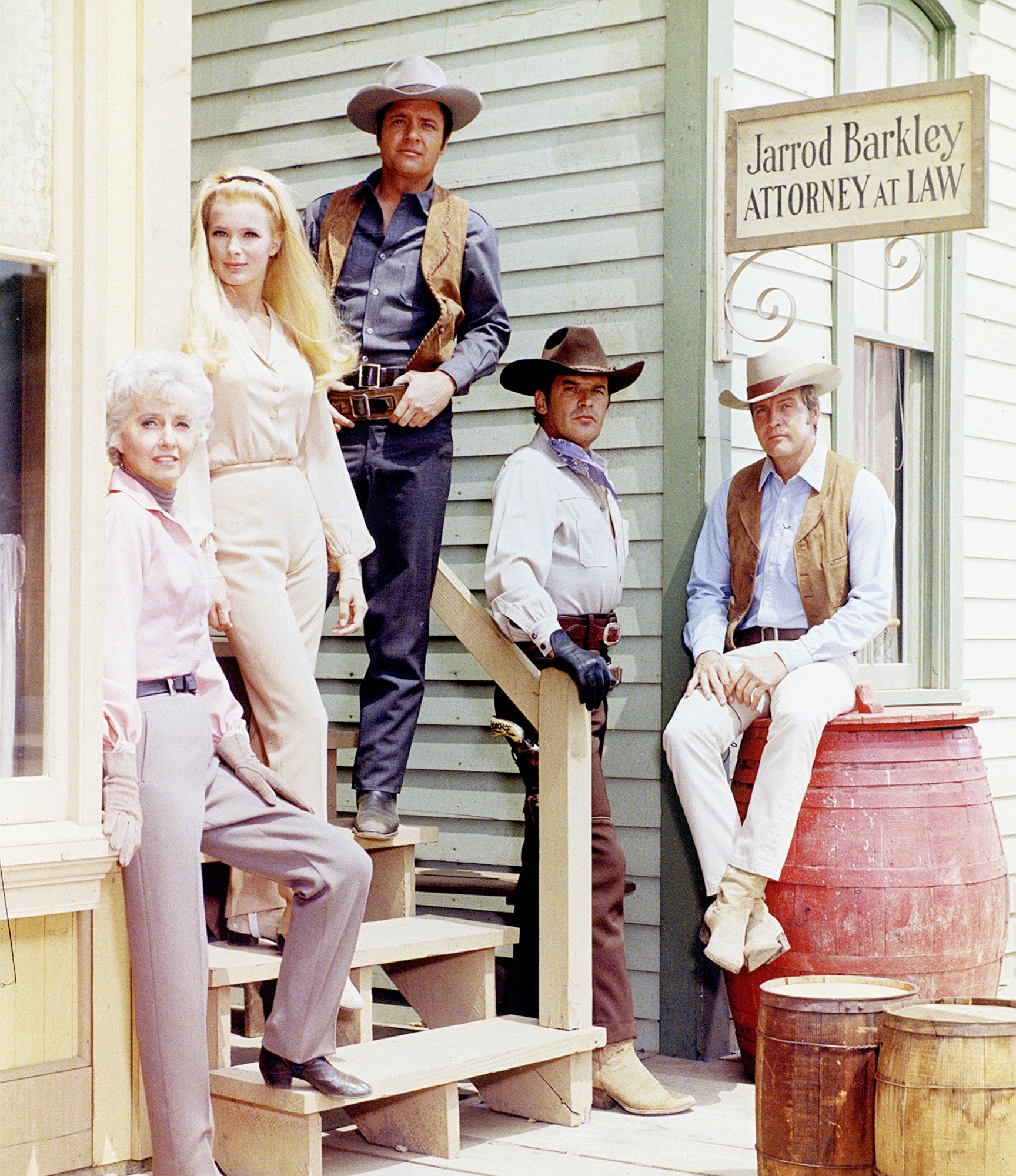
The Big Valley (1965-1969)
The Big Valley was a Western drama centering on the wealthy Barkley family, led by the matriarch Victoria Barkley (Barbara Stanwyck). Set in 19th-century California, the show followed Victoria and her children as they faced challenges from rival ranchers, outlaws, and social issues. Each episode combined action, drama, and moral lessons, with Stanwyck’s commanding performance anchoring the series. The strong supporting cast, including Lee Majors as Heath and Linda Evans as Audra, contributed to the show’s popularity. The Big Valley was known for its focus on family loyalty, resilience, and the strong portrayal of a female lead in a Western. Getty Images / Nostalgic America, Inc.
Bonanza (1959-1973)
Bonanza was one of the longest-running and most beloved Westerns in TV history. Set on the Ponderosa Ranch in Nevada, it followed the Cartwright family—patriarch Ben (Lorne Greene) and his three sons Adam (Pernell Roberts), Hoss (Dan Blocker), and Little Joe (Michael Landon). Each episode explored themes of justice, family loyalty, and frontier life, featuring action-packed storylines and heartfelt moments. Bonanza was notable for tackling social and ethical issues, such as racism and justice, uncommon for its time. Getty Images / Nostalgic America, Inc.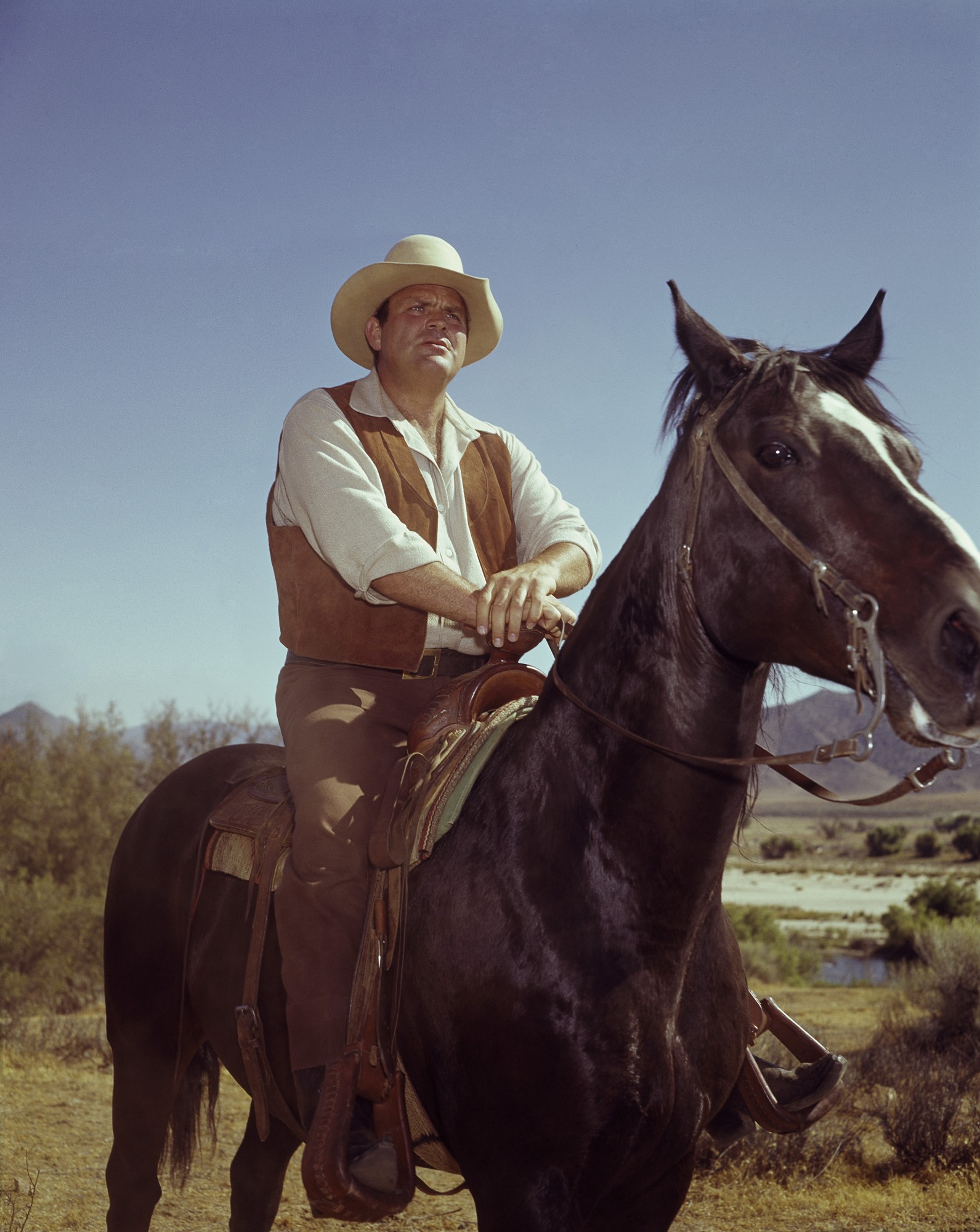
Hoss
Its iconic theme song and strong ensemble cast made it a staple of American television, leaving a lasting legacy. Getty Images / Nostalgic America, Inc.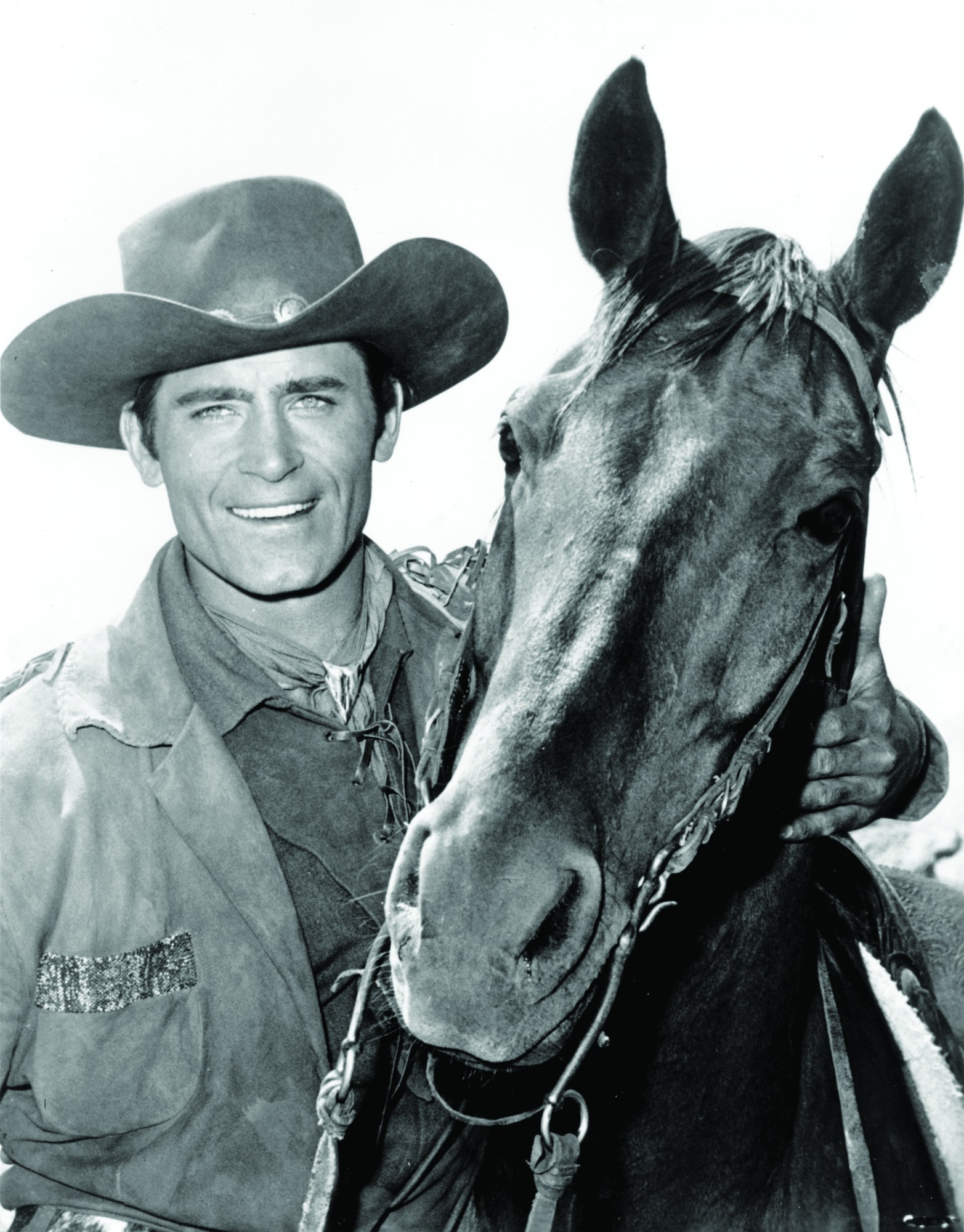
Cheyenne (1955-1962)
Cheyenne was a pioneering Western series starring Clint Walker as Cheyenne Bodie, a drifter and former frontier scout who roamed the West encountering various adventures and moral dilemmas. The show stood out as the first hour-long Western on TV, setting a standard for future Westerns. Walker’s imposing presence and portrayal of a heroic loner with a strong moral code resonated with audiences. Each episode featured Cheyenne facing off against outlaws, rustlers, and injustice, embodying themes of rugged individualism and bravery. Cheyenne helped establish the Western genre on television and solidified Walker’s place as an iconic Western hero. Getty Images / Nostalgic America, Inc.
Columbo (1971-1978)
Columbo was a groundbreaking detective series starring Peter Falk as Lieutenant Columbo, a seemingly disheveled but brilliant homicide detective. Each episode followed a “howcatchem” format, revealing the murderer at the beginning and focusing on Columbo’s subtle, dogged pursuit to uncover the truth. Falk’s portrayal of Columbo, with his trench coat, unassuming demeanor, and catchphrase “Just one more thing…,” became iconic. The show featured guest stars as the culprits, adding intrigue and variety. Columbo was acclaimed for its clever writing, intricate plots, and Falk’s endearing performance, cementing its status as one of the greatest detective series on television. Getty Images / Nostalgic America, Inc.
Combat! (1962-1967)
Combat! was a gritty World War II drama that followed the soldiers of King Company as they navigated battles and moral conflicts in Europe. Starring Vic Morrow as Sergeant Saunders and Rick Jason as Lieutenant Hanley, the show was praised for its realistic portrayal of the emotional and physical toll of war. The series balanced action sequences with character-driven stories that highlighted the camaraderie and struggles of soldiers. Its dedication to authenticity and compelling storytelling made Combat! one of the most respected war dramas on TV, influencing subsequent military series with its emphasis on realism and human resilience. Getty Images / Nostalgic America, Inc.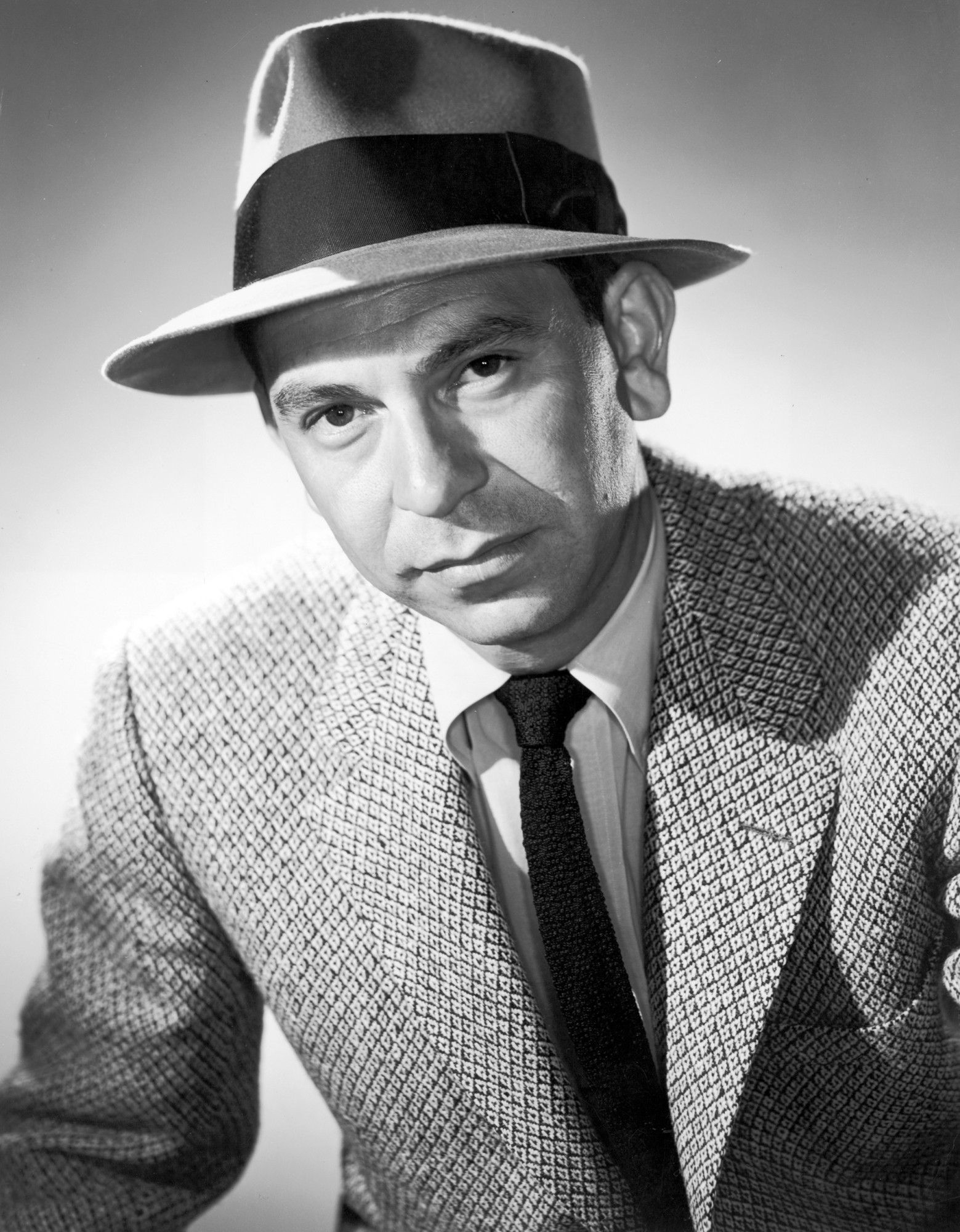
Dragnet (1951-1959, 1967-1970)
Dragnet, created by and starring Jack Webb as Sergeant Joe Friday, was one of television’s earliest police procedural dramas. Known for its realistic depiction of police work, the show’s catchphrase, “Just the facts, ma’am,” became iconic. Each episode followed Friday and his partners as they investigated crimes, adhering closely to LAPD protocols. Webb’s monotone delivery and methodical storytelling style gave the series a unique, documentary-like feel. Dragnet set the template for future police dramas, emphasizing procedural accuracy and the day-to-day challenges faced by law enforcement. It remains a classic for its straightforward approach and influence on the genre. Getty Images / Nostalgic America, Inc.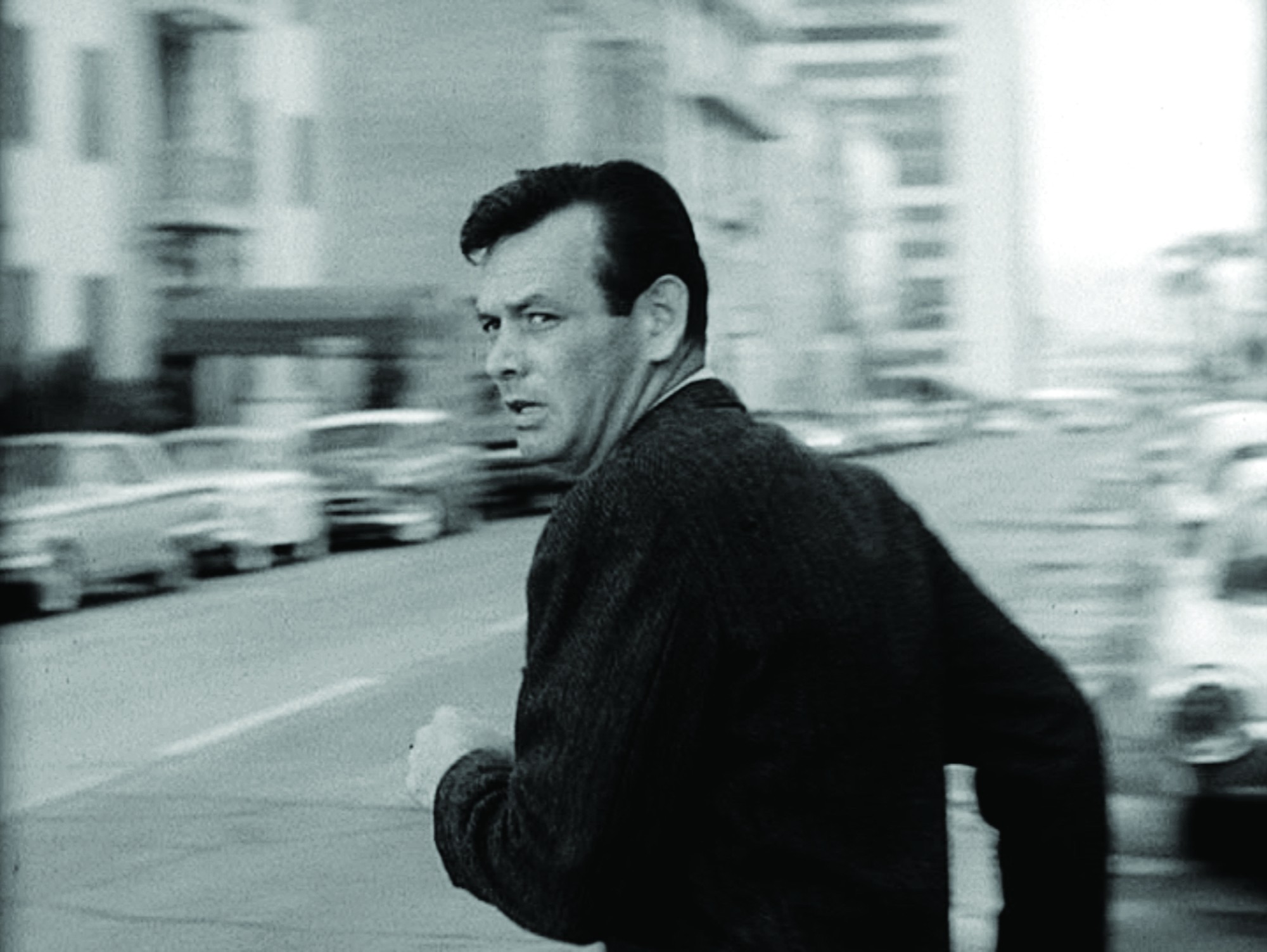
The Fugitive (1963-1967)
The Fugitive starred David Janssen as Dr. Richard Kimble, a man wrongly convicted of murdering his wife. The series followed Kimble as he escaped custody and embarked on a cross-country search for the real killer, a one-armed man, while being pursued by relentless detective Lt. Gerard (Barry Morse). Getty Images / Nostalgic America, Inc.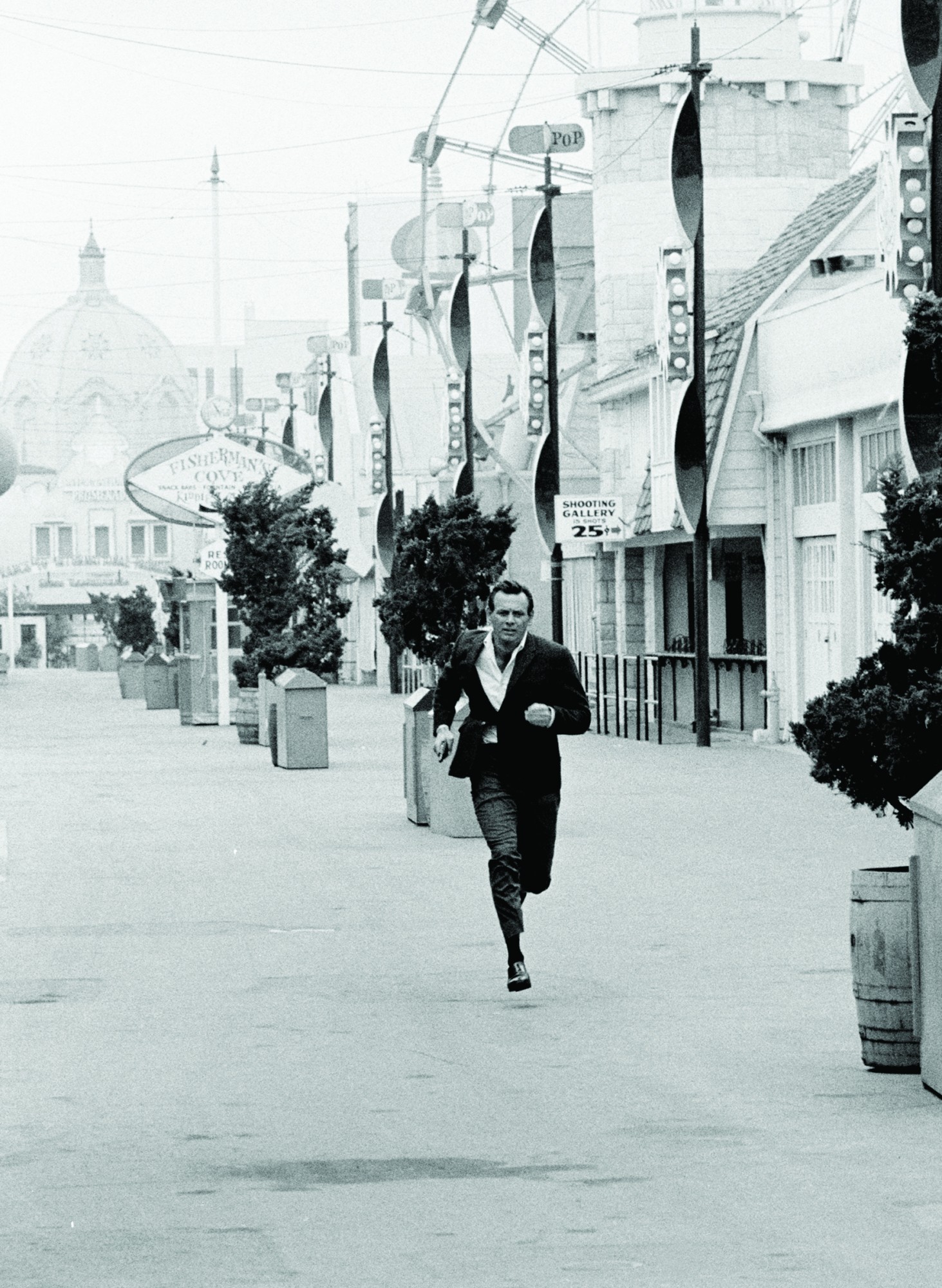
Its finale was one of the most-watched TV events of its time!
Each episode featured Kimble encountering new towns and people, helping others while remaining on the run. The show’s tension, dramatic storytelling, and themes of justice and redemption captivated audiences. Its finale, resolving Kimble’s quest, was one of the most-watched TV events of its time, cementing the show’s legacy. Getty Images / Nostalgic America, Inc.
Hawaii Five-O (1968-1980)
Hawaii Five-O followed the investigations of an elite state police unit in Hawaii, led by Detective Steve McGarrett (Jack Lord). Known for its iconic catchphrase, “Book ’em, Danno,” the show combined crime procedural drama with the scenic backdrop of Hawaii. Each episode featured McGarrett and his team tackling organized crime, political corruption, and other high-stakes cases. The show’s unique setting and action-packed plots set it apart from mainland police dramas. Its memorable theme song and portrayal of exotic locales contributed to its cultural impact, making Hawaii Five-O one of the most recognizable TV police shows of its time. Getty Images / Nostalgic America, Inc.
Ironside (1967-1975)
Ironside starred Raymond Burr as Robert T. Ironside, a former San Francisco police chief who becomes paralyzed from the waist down after being shot. Using his intellect and determination, Ironside continues to fight crime from his wheelchair, assisted by a dedicated team that includes Sgt. Ed Brown (Don Galloway) and Officer Eve Whitfield (Barbara Anderson). The show was groundbreaking for its portrayal of a lead character with a disability, emphasizing resilience and adaptation. Burr’s performance brought gravitas to the series, making it a standout procedural drama. Ironside tackled social issues and crime, maintaining popularity throughout its eight-season run. Getty Images / Nostalgic America, Inc.
The Man from U.N.C.L.E. (1964-1968)
The Man from U.N.C.L.E. was a spy-fi TV series that followed agents Napoleon Solo (Robert Vaughn) and Illya Kuryakin (David McCallum) as they worked for the United Network Command for Law and Enforcement. Their mission was to thwart the evil organization THRUSH and other global threats. Combining espionage, action, and wit, the show capitalized on the popularity of the spy genre during the Cold War era. Its stylish approach and charismatic leads attracted a devoted following, influencing later spy series and films. The show’s mix of intrigue, gadgets, and humor made it a precursor to modern spy thrillers. Getty Images / Nostalgic America, Inc.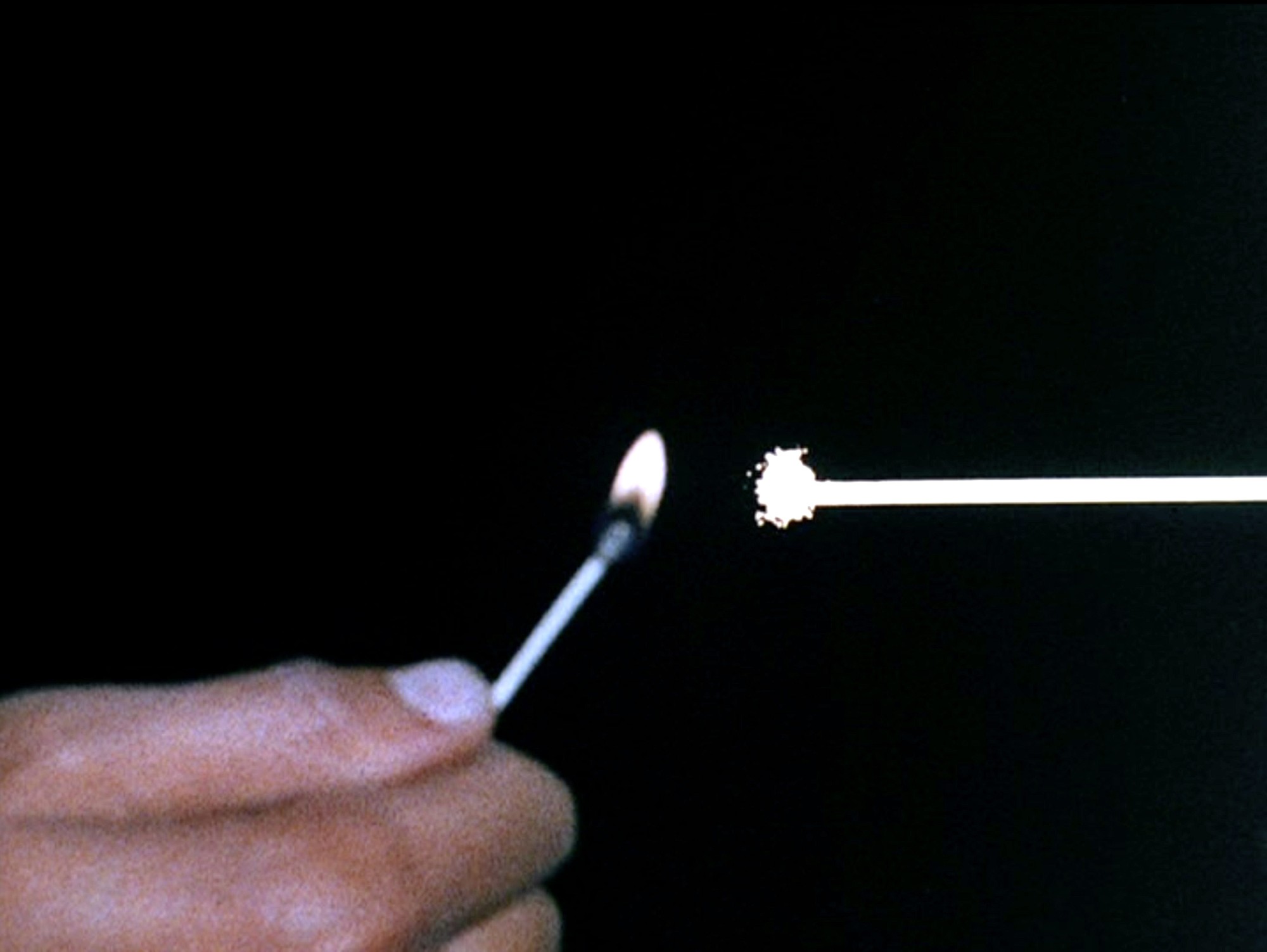
Mission: Impossible (1966-1973)
Mission: Impossible was a thrilling espionage series that followed the missions of the Impossible Missions Force (IMF), led by team leaders like Dan Briggs (Steven Hill) and Jim Phelps (Peter Graves). Getty Images / Nostalgic America, Inc.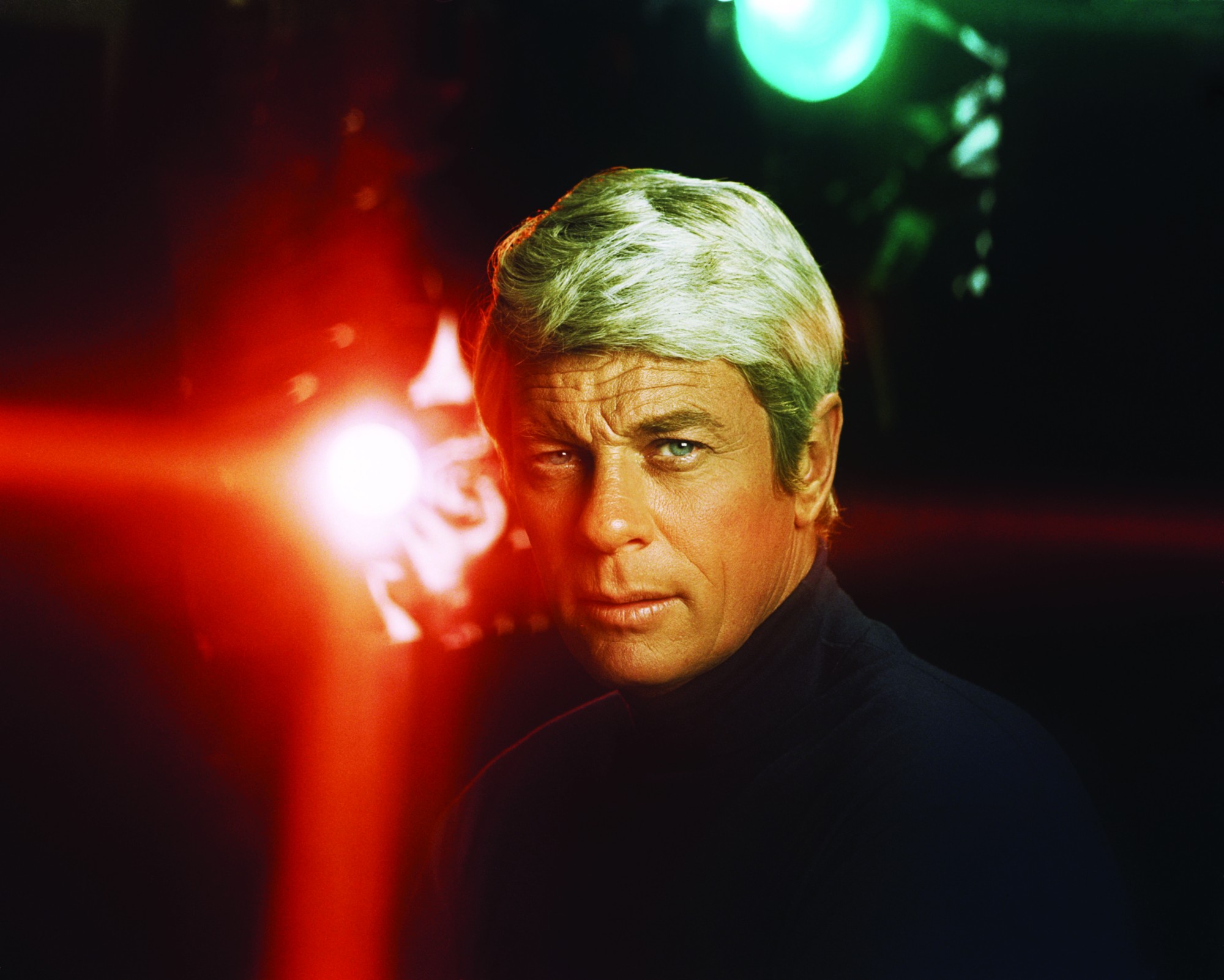
Mission: Impossible
Each episode featured the IMF using clever disguises, elaborate gadgets, and intricate strategies to outwit enemies, typically involving toppling dictators, thwarting criminal masterminds, or preventing global crises. Getty Images / Nostalgic America, Inc.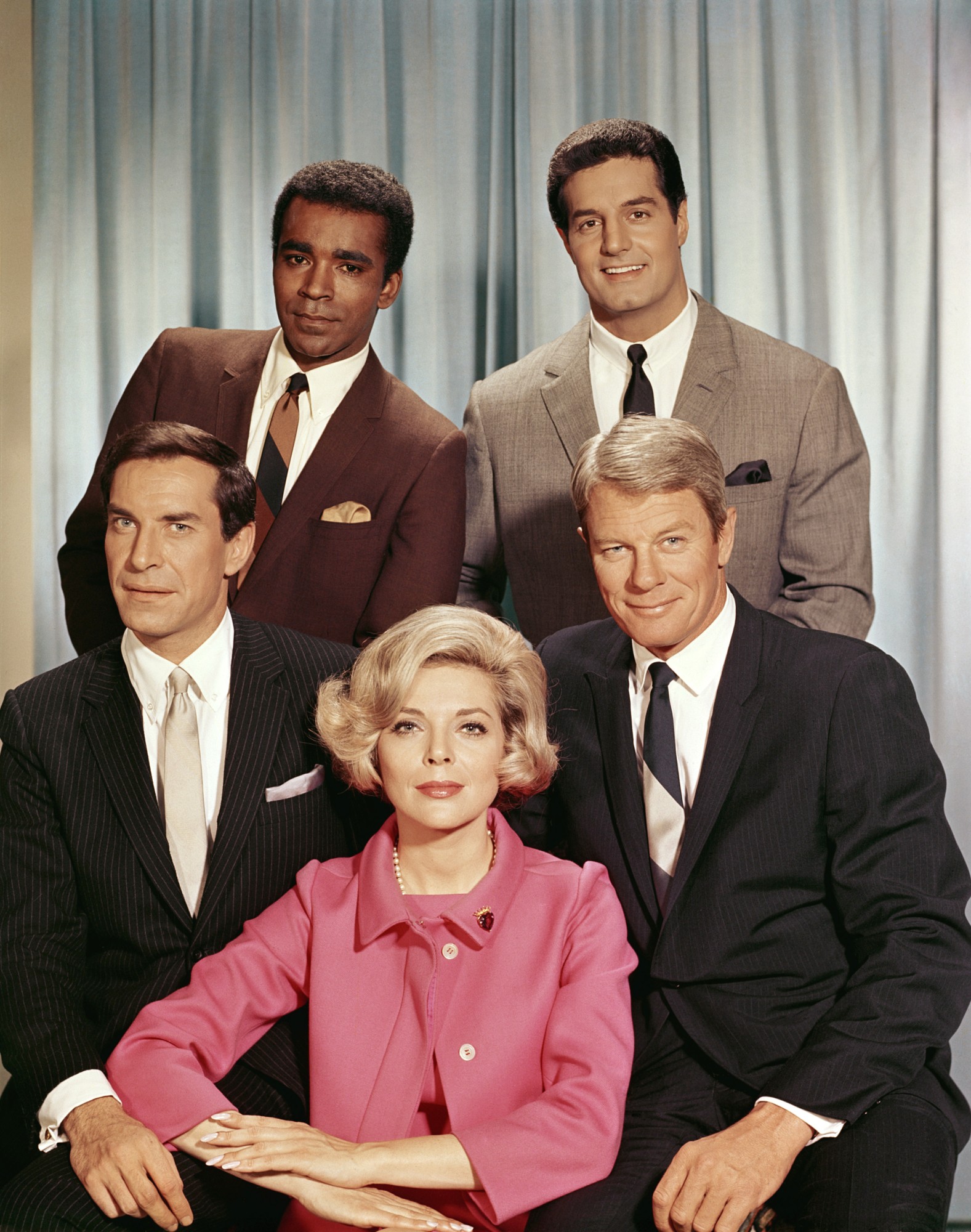
Quite an ensemble cast
Known for its iconic self-destructing tape messages and Lalo Schifrin’s famous theme music, the show captivated audiences with its suspenseful plots and ensemble cast, including Martin Landau and Barbara Bain. The series emphasized teamwork, deception, and meticulous planning, setting a standard for future spy dramas. Mission: Impossible was praised for its clever storytelling and groundbreaking use of technology and special effects. Its legacy endured, leading to a successful film franchise decades later, cementing its place as a seminal piece of espionage entertainment. Getty Images / Nostalgic America, Inc.
Rawhide (1959-1965)
Rawhide was a Western series that followed the trials of a cattle drive led by trail boss Gil Favor (Eric Fleming) and his second-in-command, Rowdy Yates (Clint Eastwood). The show depicted the journey across the American frontier, featuring conflicts with outlaws, harsh weather, and personal challenges faced by the drovers. Getty Images / Nostalgic America, Inc.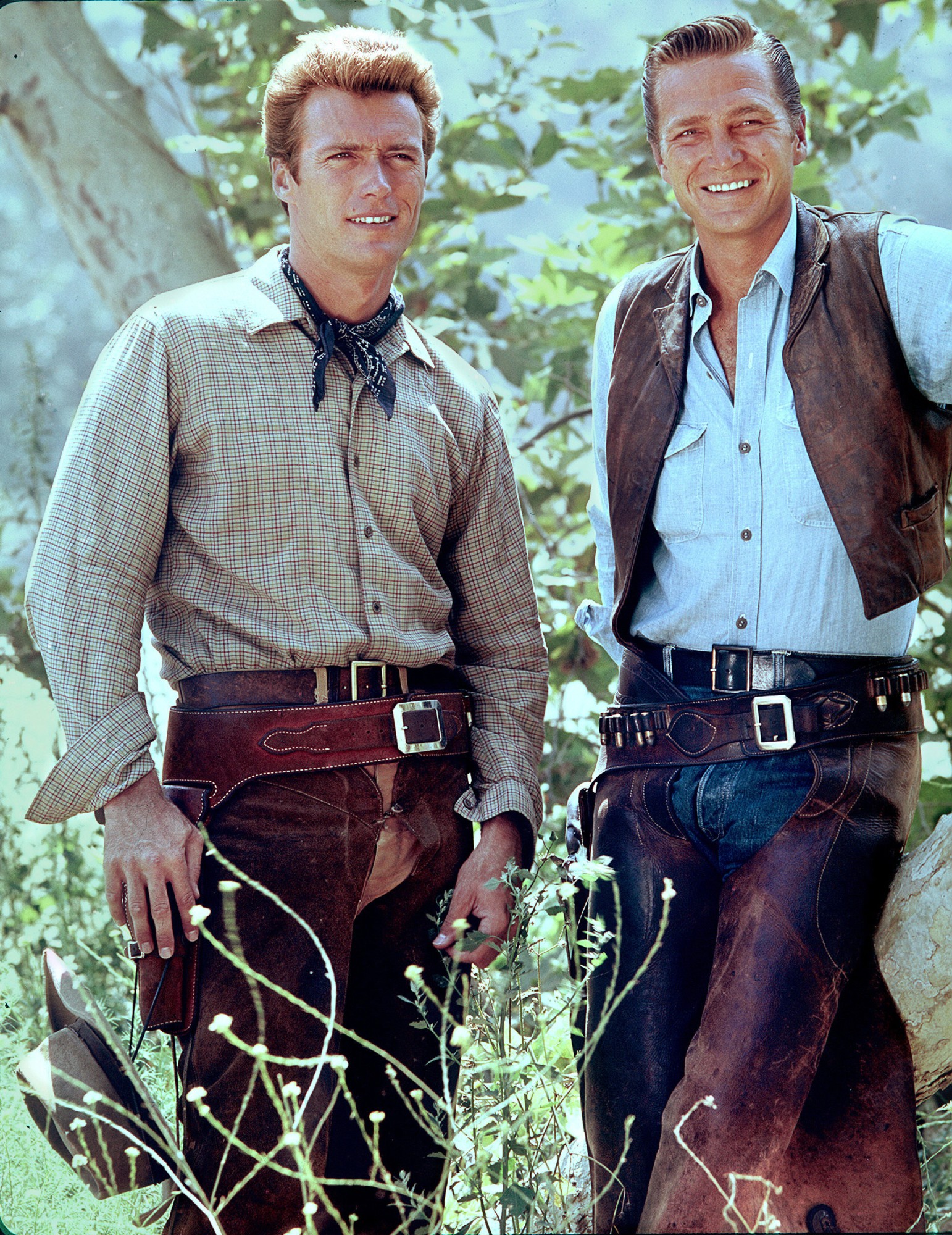
Rawhide - Clint Eastwood got his start
Eastwood’s role as the rugged and loyal Rowdy launched him into stardom, setting the stage for his later success as a Western film icon. The series, known for its theme song “Rawhide” and blend of adventure and drama, was a significant contributor to the popularity of TV Westerns in its era. Getty Images / Nostalgic America, Inc.
The Rockford Files (1974-1980)
The Rockford Files, created by Stephen J. Cannell, starred James Garner as Jim Rockford, a wise-cracking, ex-convict private investigator. Unlike typical hard-boiled detectives, Rockford preferred to avoid physical confrontations and relied on wit, charm, and ingenuity to solve cases. The show stood out for its realistic, character-driven storytelling and Garner’s likable, relatable portrayal. Rockford’s answering machine messages at the beginning of each episode became a trademark feature. The series’ mix of humor, drama, and engaging mysteries earned it critical acclaim and a loyal fan base, solidifying Garner’s status as one of television’s most beloved detectives. Getty Images / Nostalgic America, Inc.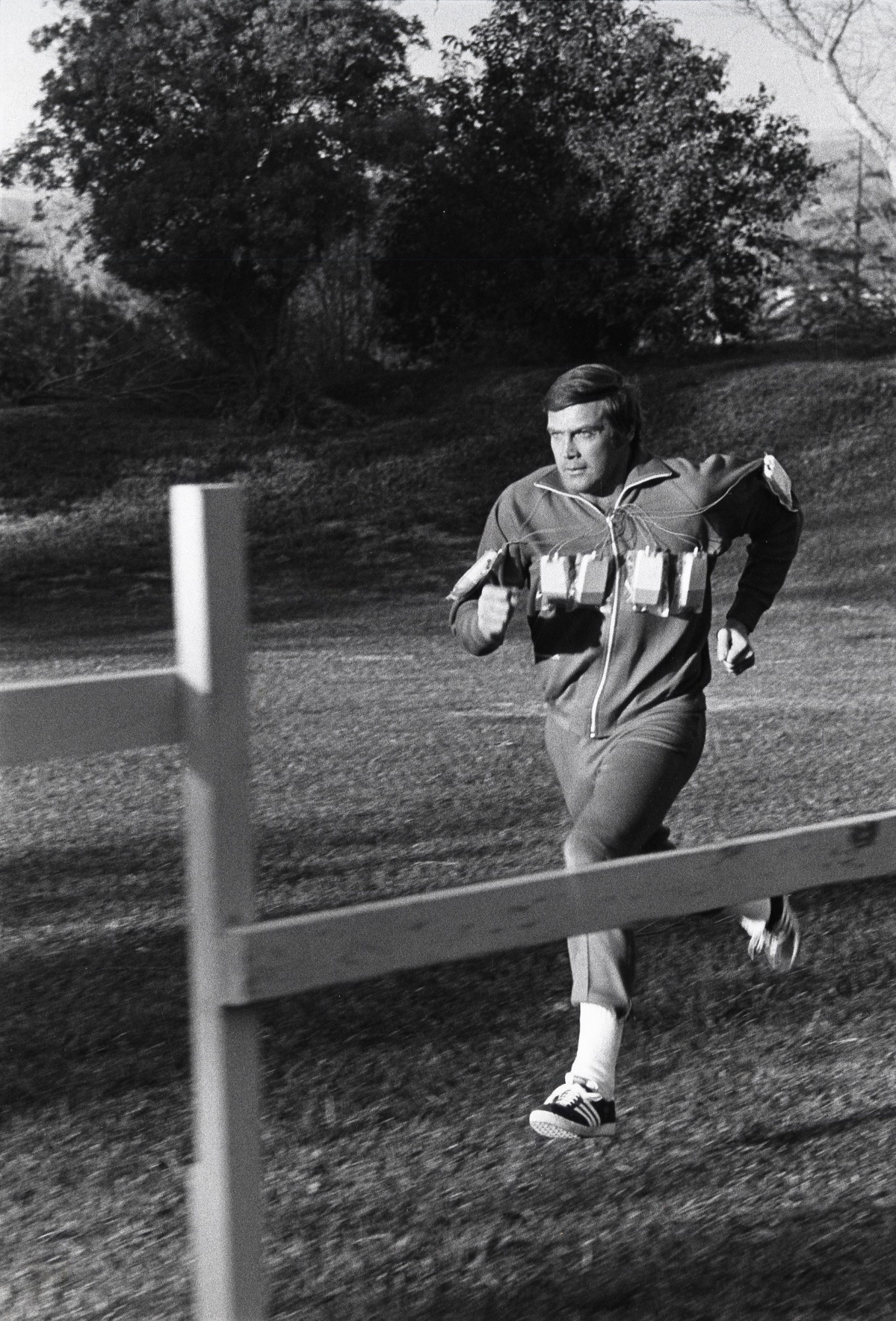
The Six Million Dollar Man (1974-1978)
The Six Million Dollar Man starred Lee Majors as Colonel Steve Austin, a former astronaut who, after a near-fatal accident, is rebuilt with bionic limbs and an eye, giving him superhuman strength, speed, and vision. Employed by the secret government agency OSI, Austin undertook missions involving espionage and high-stakes rescue operations. The show’s use of slow-motion effects and the iconic “bionic sound” became hallmarks of the series. It popularized the concept of human enhancement and inspired spin-offs like The Bionic Woman. The Six Million Dollar Man left a lasting impact on science fiction and action-adventure TV genres. Getty Images / Nostalgic America, Inc.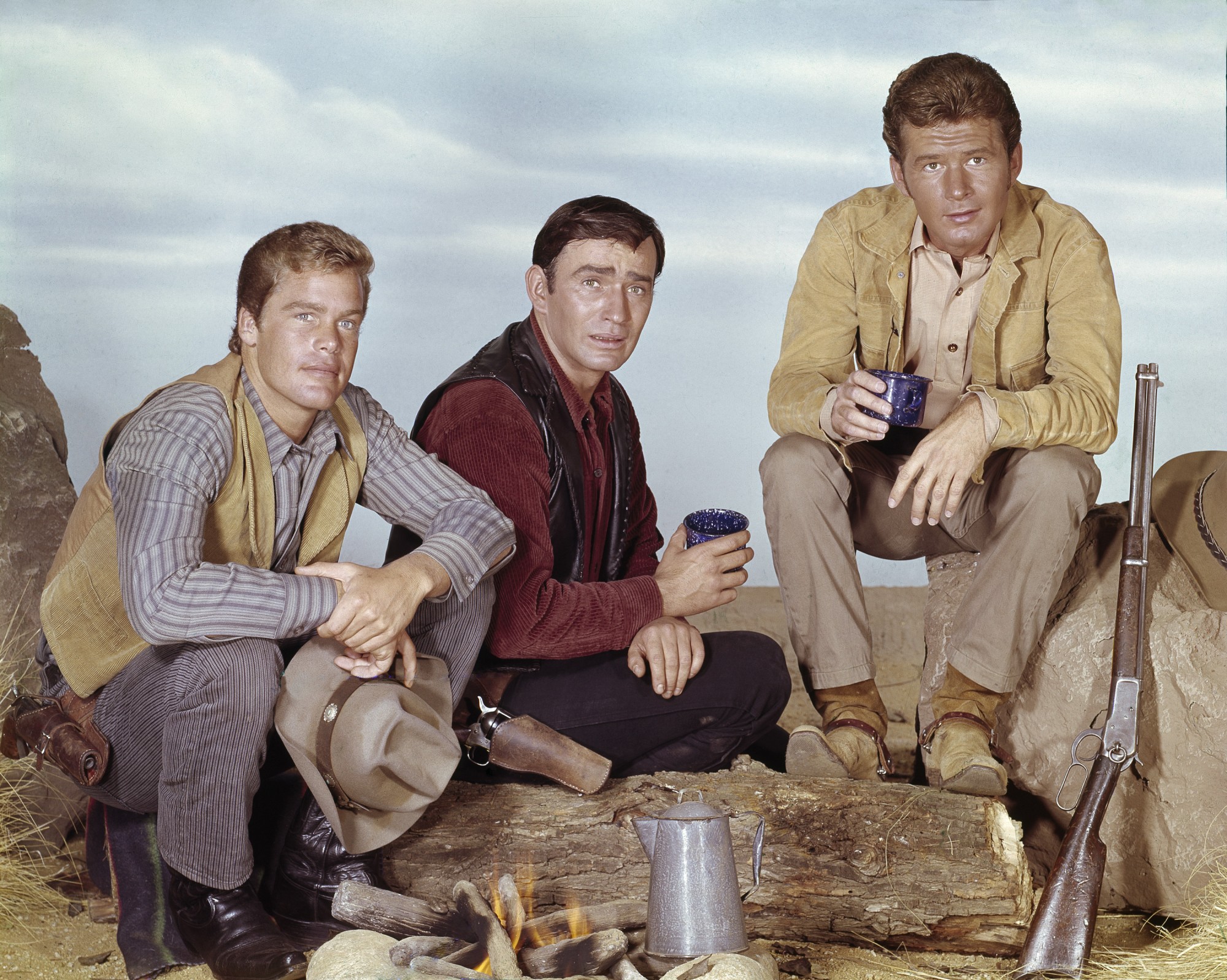
The Virginian (1962-1971)
The Virginian was a long-running Western series based on Owen Wister’s novel. Set on the Shiloh Ranch in Wyoming, it followed the titular character, known only as the Virginian (James Drury), as he upheld justice and managed ranch life alongside foreman Trampas (Doug McClure). Each episode was 90 minutes long, allowing for deep storytelling that explored themes of honor, loyalty, and the complexities of frontier life. The show featured guest stars and tackled various social issues, setting it apart from traditional Westerns. The Virginian’s production values and strong performances made it a standout in the genre’s golden era. Getty Images / Nostalgic America, Inc.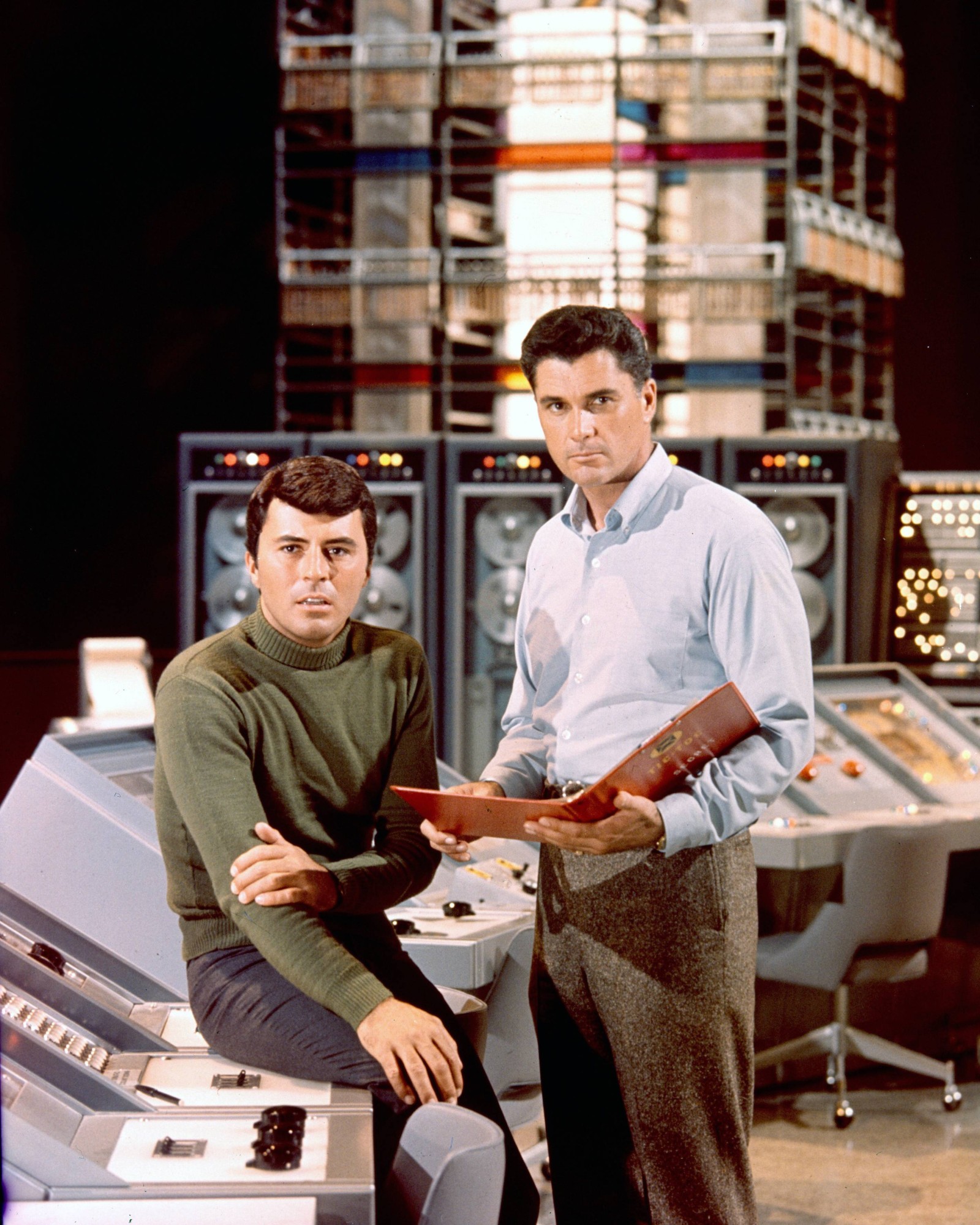
The Time Tunnel (1966-1967)
The Time Tunnel, created by Irwin Allen, was a science fiction adventure series that followed two scientists, Dr. Tony Newman (James Darren) and Dr. Doug Phillips (Robert Colbert), who become trapped in a top-secret government project that sends them randomly through time. Each episode placed them in historical events or future scenarios, facing challenges as they attempted to return home. The show’s special effects were ahead of their time, showcasing famous events like the sinking of the Titanic. Although it ran for only one season, The Time Tunnel developed a cult following and became a precursor to later time-travel series. Getty Images / Nostalgic America, Inc.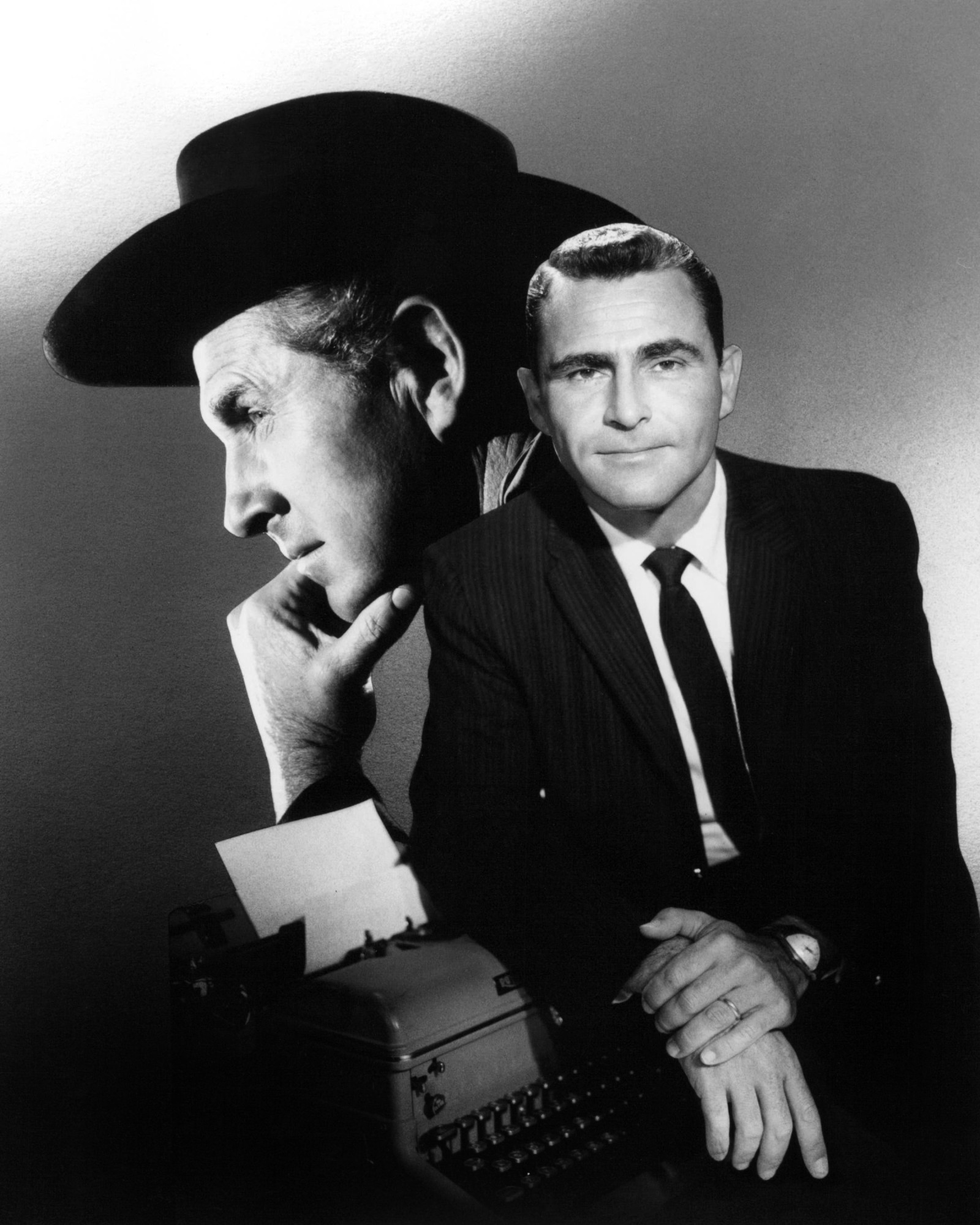
The Twilight Zone (1959-1964)
Created by Rod Serling, The Twilight Zone was an anthology series that blended science fiction, fantasy, and horror with moral and philosophical storytelling. Each standalone episode featured strange, thought-provoking plots with twist endings and social commentary on human nature, prejudice, and technology. Serling’s narration and memorable opening sequence set the tone for the show’s eerie atmosphere. Getty Images / Nostalgic America, Inc.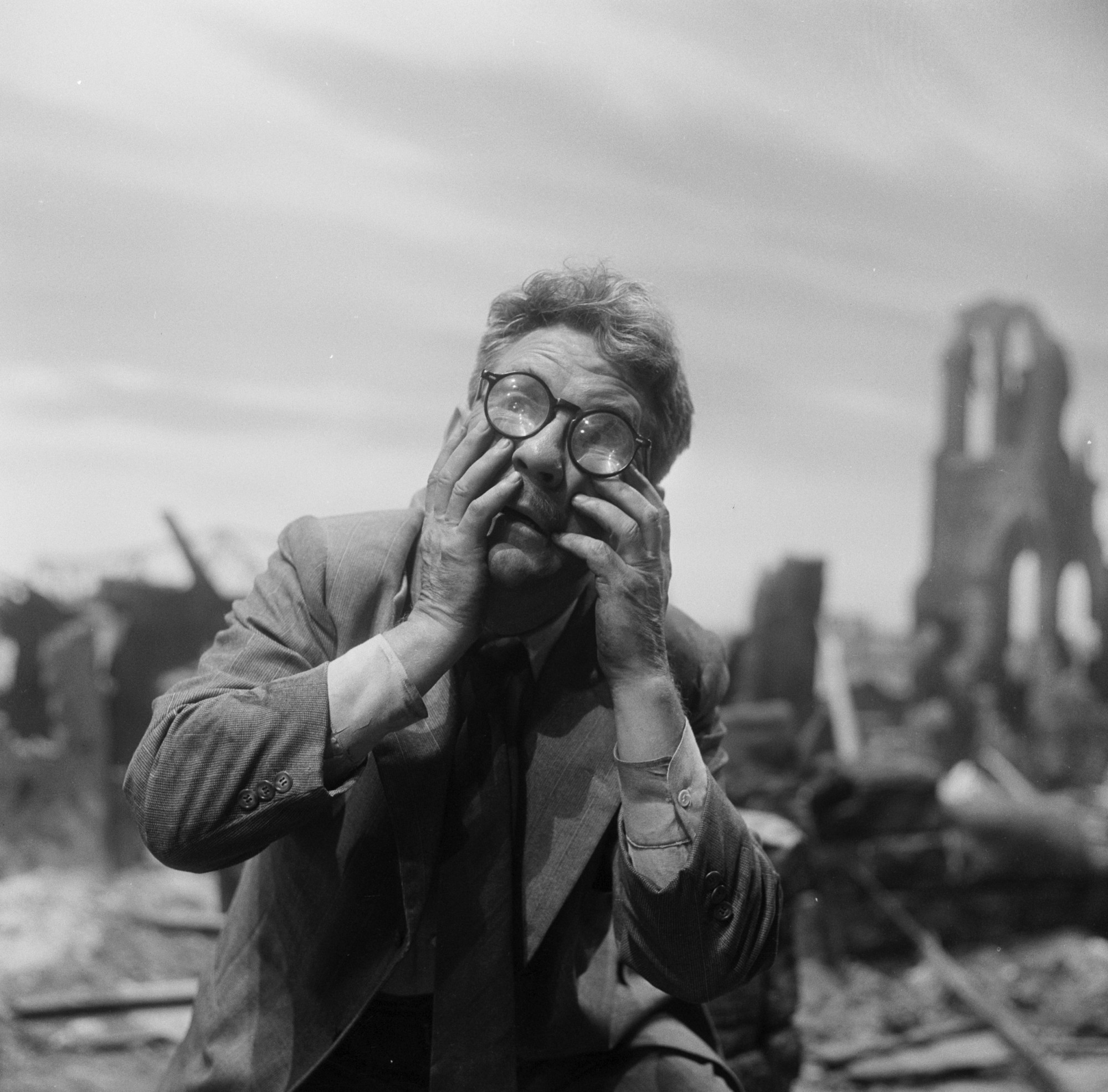
The Twilight Zone
Notable episodes like “Time Enough at Last” and “The Monsters Are Due on Maple Street” showcased the series’ ability to merge suspense with deeper meanings. The Twilight Zone became a groundbreaking influence on television, inspiring generations of writers and filmmakers. Getty Images / Nostalgic America, Inc.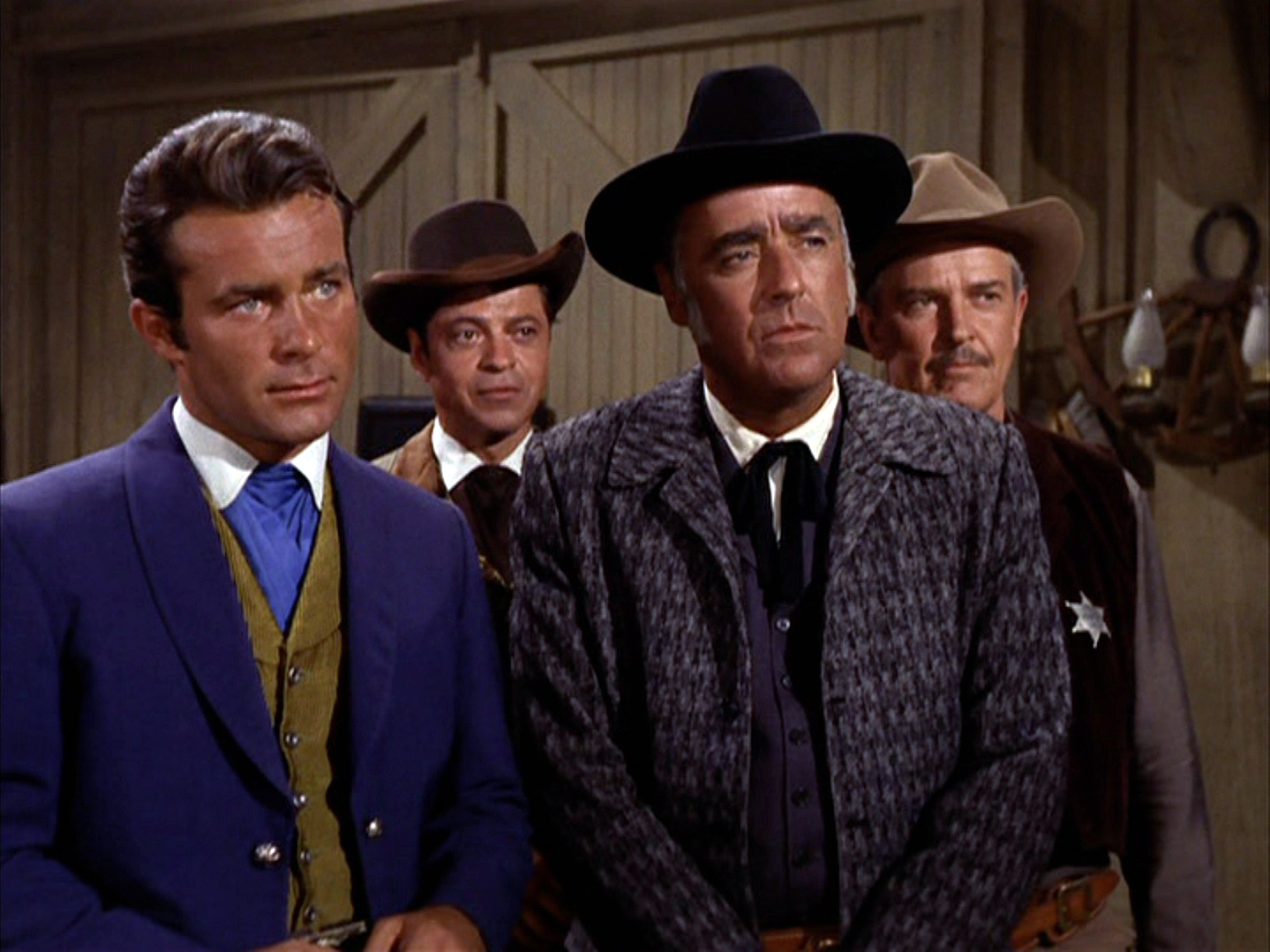
The Wild Wild West (1965-1969)
The Wild Wild West combined the Western and spy genres, following Secret Service agents James West (Robert Conrad) and Artemus Gordon (Ross Martin) as they battled villains in the 19th century using innovative gadgets and disguises. The show was known for its steampunk elements, blending science fiction with Western tropes. Getty Images / Nostalgic America, Inc.